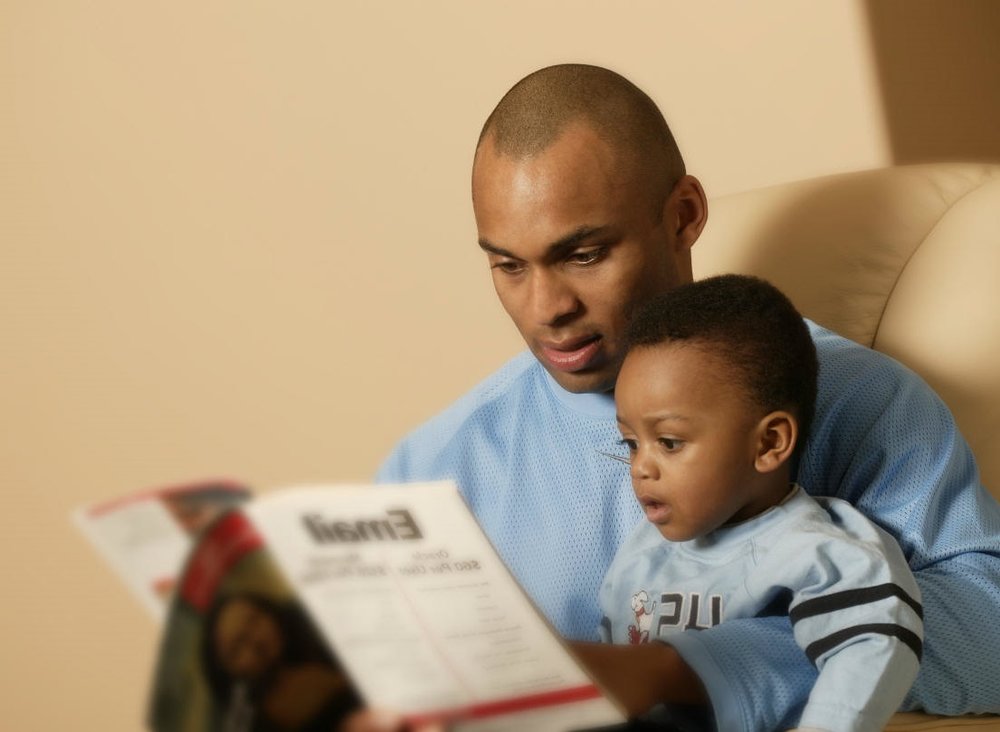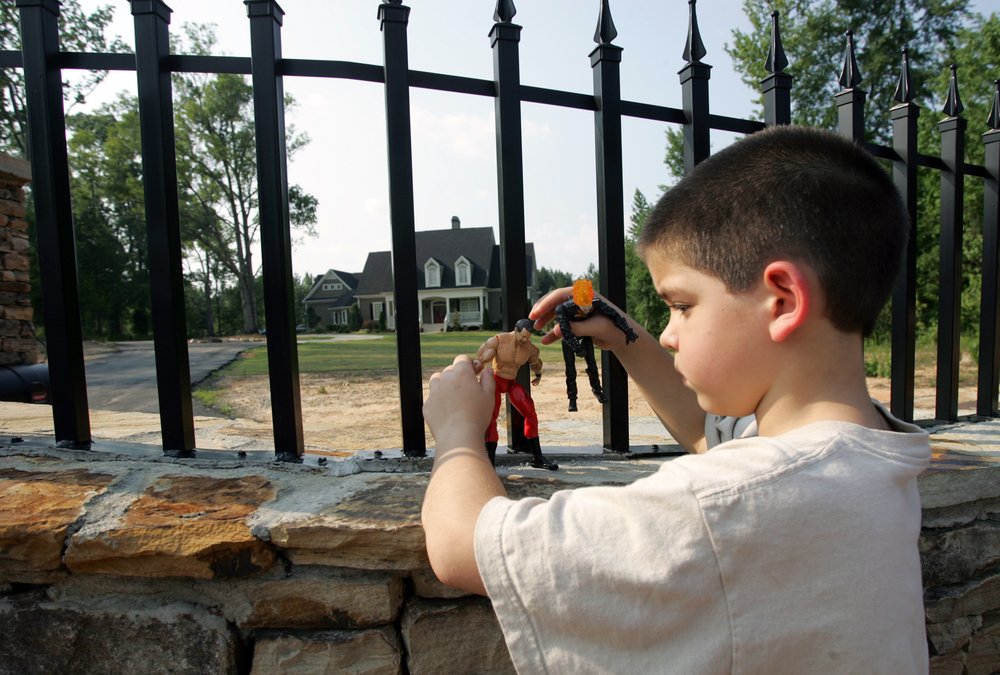Since time immemorial, raising children has been a very straightforward science: protect your children from all harm, teach them right from wrong, read them good stories to feed their limitless imagination, and play with them to build an ever-lasting bond. However, in the past few decades, the dynamics of parenthood have changed drastically with the entrance of smart technology in our lives.
While there are many benefits of technology which nobody can deny, humanity has still not become experts at using it in the best possible manner. For example, studies have shown that excessive use of social media can actually trigger symptoms of depression in some individuals.
Also, the amount of time which children should be spending in front of a screen on a daily basis, without harming their own development, is still being discussed although we finally do have a time limit after which viewing a screen can cause harmful effects on children.

Simply limiting the number of hours your child is spending in front of a screen is not enough. The digital world is highly dependent on user input and provides experiences based on user preferences.
If you will not guide your children through their digital experience, they are likely to develop very meaningless experiences through it. This is where something called a Joint Media Engagement comes into the picture.
The Case of Sesame Street
For example, let’s take the example of Sesame Street, a show which depended on co-viewing by both children as well as their caretakers for its success. The show was designed in a manner that it appealed to both the young and adult audiences, with colorful characters and hilarious parodies inspired by mainstream media.
This resulted in parents watching the show together with their children as a family, which in turn led to all of them developing a shared vocabulary of words used on the show and subsequently deepening the bond between the caregivers and children.
But most importantly, it was the specific way that parents reacted to scenes on the show which allowed children to make sense of how they needed to respond to the show. For example, if the adults found some dialogue to be funny, the children registered that the dialogue is inherently funny and that they should respond to it in a similar manner. This helped children develop shared values with their parents or caretakers, allowing them to consume media in almost the same manner as they did.

The Importance of Co-Viewing
Sesame Street became as popular as it did because it helped children learn faster than perhaps any other show on TV. Parents preferred it not only because it was a children’s show that offered some entertainment value to them as well, but also because they believed it offered a lot of learning material to their children. And they were not wrong.
Because Sesame Street recognized the importance of co-viewing, it created content which appealed to everyone, and for children, it was interesting to watch a show which their caretakers were interested in watching and which also created fun content (at least from their perspective).
A report highlighting this exact phenomenon was released back in 2007 by Joan Ganz Cooney Center, although it also focused on how co-viewing as a concept is not limited to television but can and should also be applied in the case of all newer mediums such as smartphones and tablets. The study emphasized how it was important that parents and caretakers develop a way they can co-view and co-engage with the newer mediums that children are increasingly interacting with on a daily basis.

As of now, while all focus is being given on the duration children are viewing a screen, we also need to think about the kind of experiences they are having with it. If they are viewing it alone without the involvement of anyone else, then what they learn from it may be very different than what you want to teach them.
The only way you can comprehend what they are learning from their media consumption is by consuming it with them. Only then can you make a valid assessment of whether the media your children are consuming is right for them, or not.




